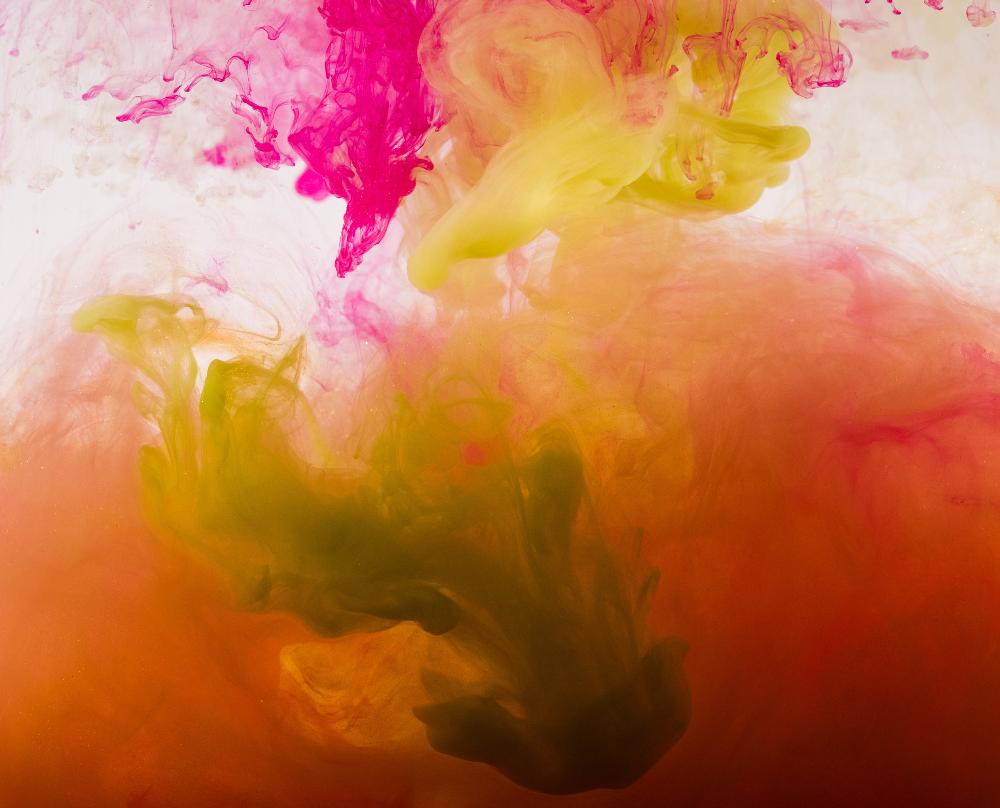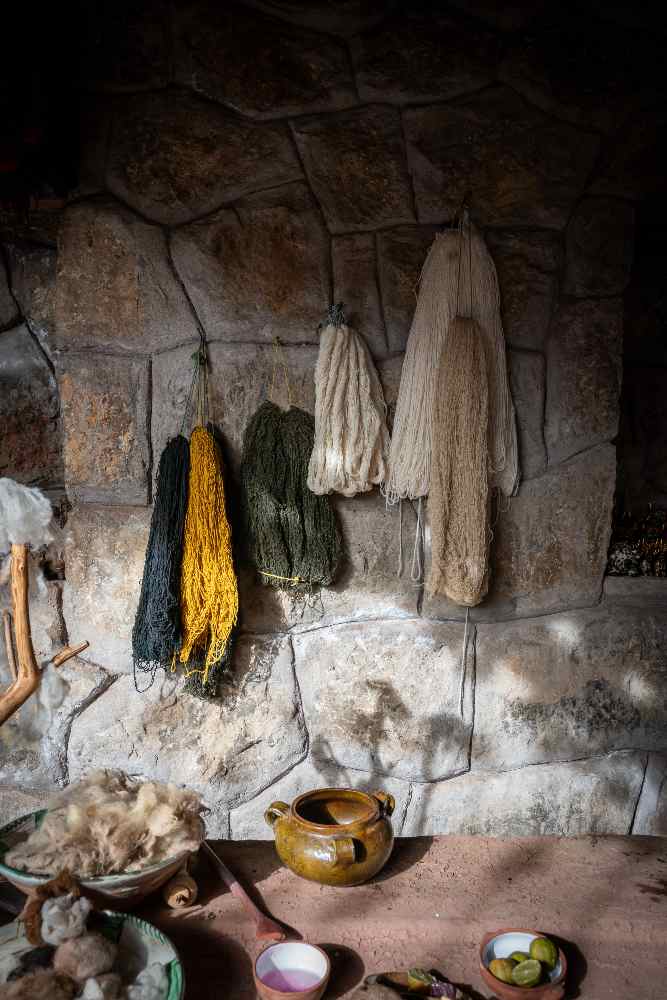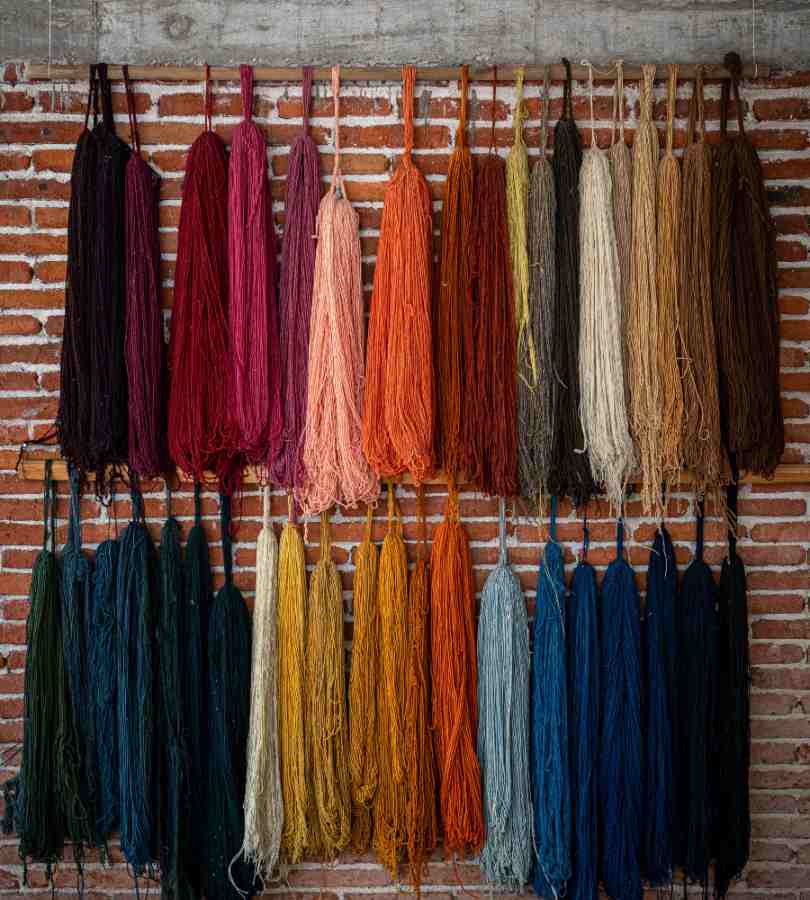Natural dye rugs: what are the differences with chemically dyed carpets?
Materials and techniques — Sep 23.2022
Any person with a passion for luxury artefacts should be able to recognise natural dye rugs and know how their fabrics are dyed.
This information is not only important for assessing the appearance of a carpet, but directly influences its value and durability. Identifying whether a carpet is made of fibres dyed with natural or chemical substances also gives some clues as to the age of the pattern.
What does a naturally dyed carpet look like?
Natural dye rugs have been used for centuries. The oldest models that have survived to the present day retain their original colours almost unchanged, testifying to the effectiveness of the process of dyeing fibres in wool, cotton, linen, jute or other vegetable or animal materials.
We can break down the process that leads to the creation of a naturally dyed carpet into four phases. In the first phase, the colour is obtained, using pigments extracted from plants, fruits or animals. This stage is very time-consuming, especially if one needs to dye large quantities of fabric. It is also important that experienced people are in charge of colour extraction, who can recognise the quality of the raw materials and achieve brilliant, long-lasting colours.
In a second step, the fibres of the artefact are dipped into the colour, for a number of times and for a time that varies depending on the intensity of the colour to be obtained. After this step, the drying and fixing of the colour takes place. While some colours fix immediately to the fibres, in other cases the chemical colouring process takes longer and it is necessary to wait several days before knowing the final result.
Finally, the dyed yarns are separated and taken to the craft workshops, where they will be used to make the various pieces. This is therefore the process that leads to natural dye rugs.

What are the best dyes used for natural dye rugs?
Natural dyes were used to colour carpets exclusively until around 1850. From the mid-19th century, the first chemical dyes used to colour yarns and textile fibres were formulated and began to spread.
In order to obtain naturally dyed fibres, dyestuffs were used, derived mainly from leaves, roots and bark of trees, fruits and, in some cases, animals.
Antique Oriental carpets are excellent examples of the colours that can be obtained by using elements found in the natural environment. If you look closely at antique carpets, not only can you appreciate the variety of colours, but you can also see how the hues change depending on the intensity of the light present and the depth of the light.
Two of the most common colours found in Oriental carpets are red and blue. The fact that they are frequently used in carpet making testifies to the ease with which substances can be obtained to colour wool and plant fibres in these two colours. To obtain an intense red colour, madder roots are usually used. In some areas, cochineal, a dye made from the shells of insects, was also used in the past. Blue, on the other hand, is obtained from the leaves of indigo, a plant widespread throughout Asia.
Yellow is obtained from various plants: one of the most widely used is reseda luteola, but yellow colouring pigments can also be obtained from pomegranate peels and saffron.
Starting from these three primary colours, all other colours can be obtained, creating customised mixes from time to time. That is to say, virtually any naturally dyed carpet can be obtained from the combination of these colours.
Those who prefer to obtain a more uniform colour more quickly can use other colouring substances found in nature. For example, walnut husk and oak bark are excellent for dyeing yarns brown. The lawsonia inermis plant, on the other hand, is perfect for an intense orange colour, while mallow gives handicrafts a delicate purple colour.

What are the differences between natural dye rugs and those coloured with synthetic pigments?
The use of colour pigments obtained from plants and fruits makes the coloured areas of the carpet slightly different. In contrast, in the case of chemically dyed fibres, the colour of the various areas is uniform and standard. This difference is particularly noticeable when the carpets are exposed to sunlight.
Furthermore, a luxury carpet made of naturally dyed fibres is generally more harmonious than a carpet made of fibres dyed with chemically synthesised substances. The colours tend to blend better and the overall result is more balanced.
Natural dye rugs also tend to be more durable. If dyeing and colour fixing have been done correctly, the pile fibres retain their colour over time, without fading over the years or washing.
Nodus creates prestigious rugs.
Bring luxury into your home!
>>> CONTACT US! <<<
![]() Nodus has reinvented the luxury rug. It was in fact the first brand to propose the concept of the rug as a work of contemporary art.
Nodus has reinvented the luxury rug. It was in fact the first brand to propose the concept of the rug as a work of contemporary art.
Nodus has always created exclusive products that furnish the most beautiful homes in the world. Do you want to make your home inimitable as a work of art?
Bring a hand knotted rug of the highest quality and design into the spaces of your daily life! Give your family and the people you love the beauty of a dream masterpiece! Every piece of Nodus is designed by famous Designers, making it recognisable and prestigious. In this way, each rug is unique: you will not find another one like it. Like all beautiful and unrepeatable things, one piece in the Nodus collection sets you apart and speaks to others about your taste and elegance. CONTACT US!